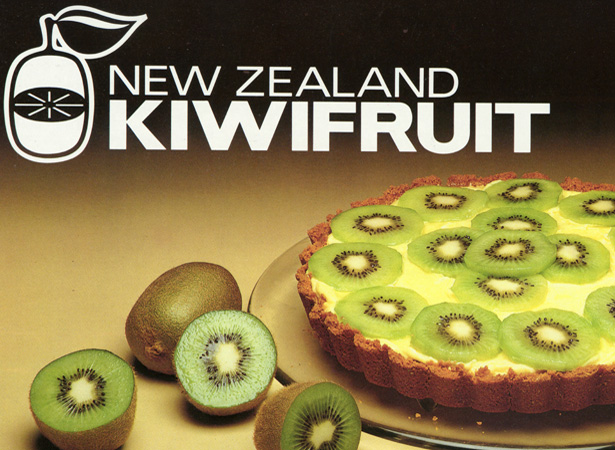
The prominent produce company Turners and Growers announced that it would from now on export Chinese gooseberries as ‘kiwifruit’. Introduced to this country in 1904, kiwifruit are now cultivated worldwide, with New Zealand-grown fruit marketed as ‘Zespri’.
Despite the name, kiwifruit are not native to New Zealand. Seeds were brought to New Zealand in 1904 by Mary Isabel Fraser, the principal of Wanganui Girls’ College, who had been visiting mission schools in China. They were planted in 1906 by a Whanganui nurseryman, Alexander Allison, and the vines first fruited in 1910. People thought the fruit had a gooseberry flavour and began to call it the Chinese gooseberry. It is not related to the Grossulariaceae family to which gooseberries belong.
New Zealand began exporting the fruit to the US in the 1950s. This was the height of the Cold War and the term Chinese gooseberry was a marketing nightmare for Turners and Growers. Their first idea, ‘melonettes’, was equally unpopular with US importers because melons and berries were subject to high import tariffs. In June 1959, Jack Turner suggested the name kiwifruit during a Turners and Growers management meeting in Auckland. His idea was adopted and this later became the industry-wide name.
The Bay of Plenty town of Te Puke, where New Zealand’s kiwifruit industry began, markets itself as the ‘Kiwifruit Capital of the World’. In 2017 China was the world’s leading producer of kiwifruit, followed by Italy, New Zealand, Iran and Chile. Most New Zealand kiwifruit is now marketed under the brand-name Zespri, partly as a way to distinguish ‘Kiwi’ kiwifruit from the produce of other countries.
Read more on NZHistory
Food in 20th century New Zealand – Food in the 20th century1959 - key events – The 1950s
External links
How to cite this page
'Chinese gooseberry becomes kiwifruit', URL: https://nzhistory.govt.nz/the-chinese-gooseberry-becomes-the-kiwifruit, (Ministry for Culture and Heritage), updated 9-Jun-2020
